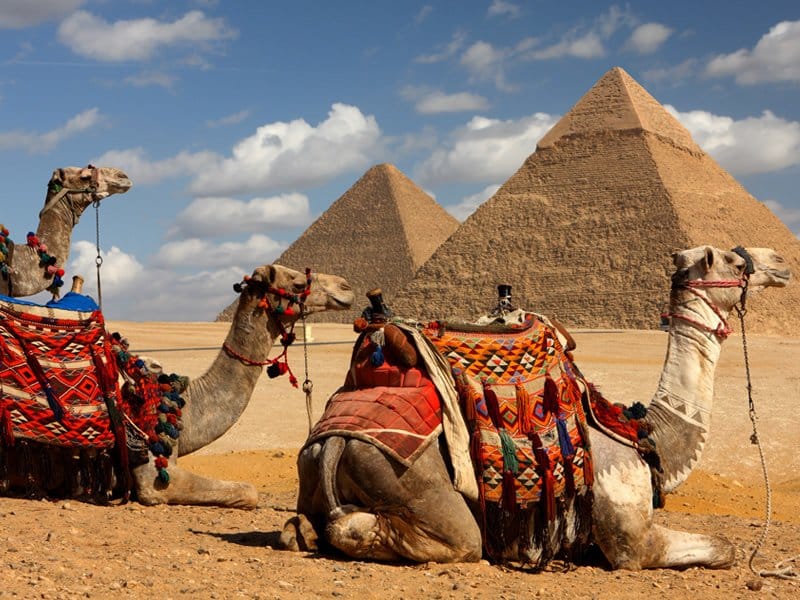History
Ancient history and settlement.
Ancient Egypt: A Timeless Civilization
Ancient Egypt was a remarkable civilization that flourished along the Nile River for over 3,000 years. Known for its monumental architecture, complex social structure, and rich cultural heritage, it continues to captivate the world’s imagination.
Key Aspects of Ancient Egypt
- Pharaohs: Powerful rulers considered divine, often building grand pyramids as tombs.
- Religion: Polytheistic, with gods and goddesses representing natural forces and human attributes.
- Mummification: Elaborate process of preserving bodies for the afterlife.
- Hieroglyphs: A complex writing system using pictures and symbols.
- Art and Architecture: Stunning temples, tombs, and sculptures showcasing artistic mastery.
- Social Structure: A hierarchical society with pharaohs at the top and peasants at the bottom.
Iconic Landmarks
- The Great Pyramids of Giza: Imposing structures built as tombs for pharaohs.
- Valley of the Kings: A hidden valley containing royal tombs.
- Karnak and Luxor Temples: Massive complexes dedicated to gods and pharaohs.
- Abu Simbel: Two colossal rock-cut temples.
Legacy of Ancient Egypt
The influence of Ancient Egypt is still felt today in various fields, including art, architecture, medicine, and astronomy. Its enduring fascination has led to countless studies, documentaries, and fictional works.


History
Ancient history and settlement.
The Great Pyramids of Giza: Marvels of the Ancient World
The Great Pyramids of Giza are undoubtedly one of the most iconic and mysterious structures ever built. Located on the outskirts of Cairo, Egypt, these ancient monuments stand as a testament to the engineering prowess and cultural significance of the Old Kingdom period.
The Three Pyramids
The Giza pyramid complex consists of three main pyramids:
- The Great Pyramid of Khufu: The largest of the three, it was originally covered in smooth white limestone casing stones.
- The Pyramid of Khafre: Slightly smaller than Khufu’s pyramid, it is often considered the most beautiful due to its higher placement and the original casing stones that remain on its upper section.
- The Pyramid of Menkaure: The smallest of the three, it is also known as the Pyramid of Mykerinus.




